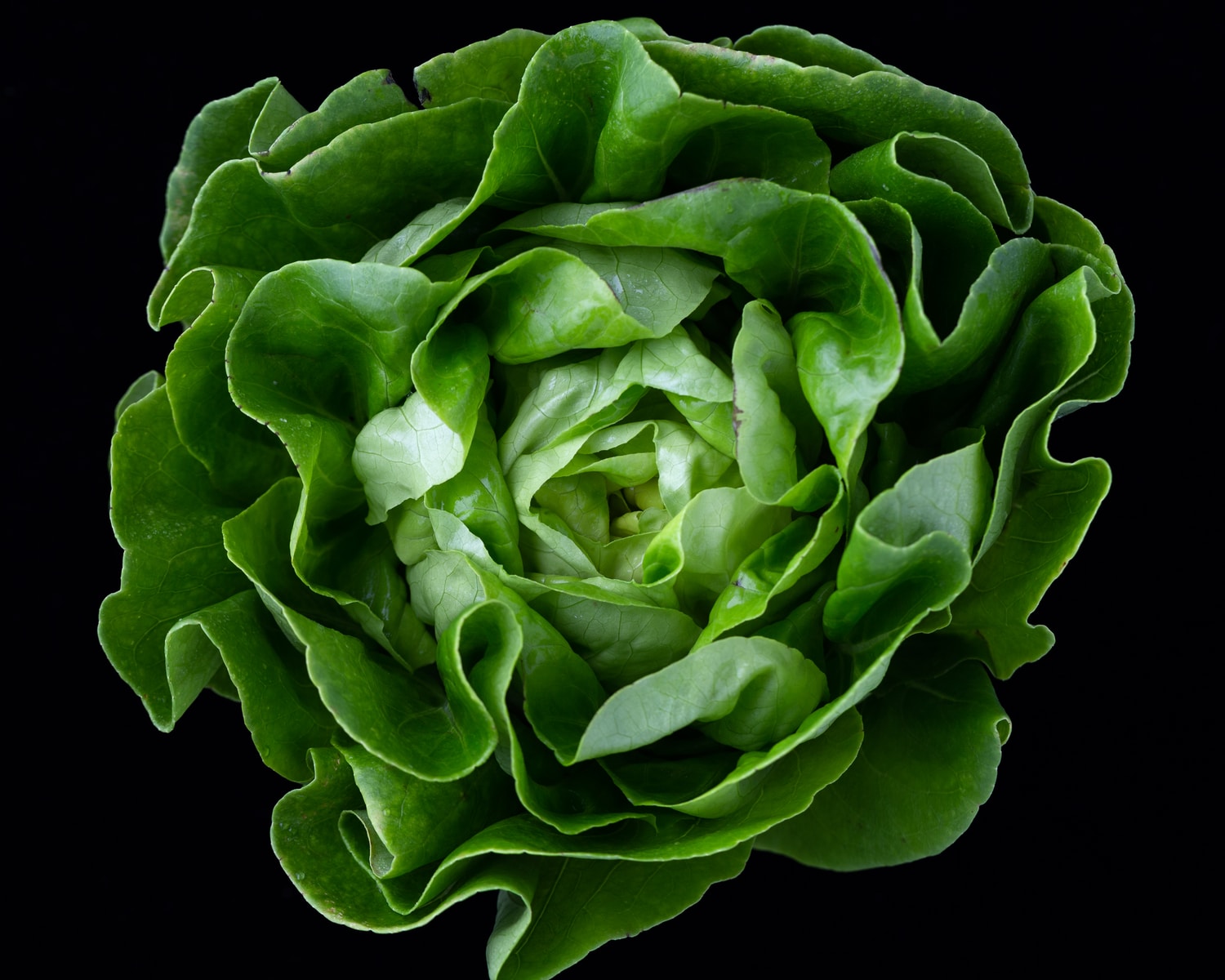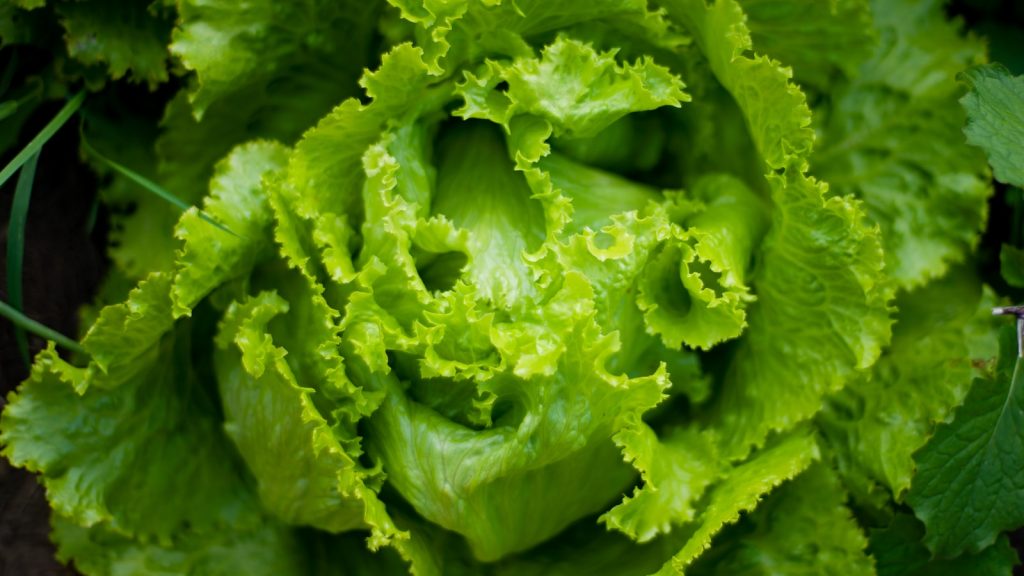Romaine lettuce (Lactuca sativa L. var. longifolia) is a type of lettuce that grows in a tall head of dark green leaves with firm ribs running down the middle. It is heat tolerant, unlike other lettuces. Romaine is sold in North America as complete heads or as “hearts” that have had the outer leaves removed and are frequently packaged together. Because of its nutritional deficiencies, lettuce is usually regarded as undesirable for tortoises and iguanids. Lettuce is nutritionally no worse or no better than other greens, and it is nutritionally superior to most fruits. For example, romaine lettuce has 35 percent protein and 0.7 percent calcium.
How to use romaine lettuce at home
Table of Contents
Fresh vegetables, like all products, are best. Eat romaine lettuce within a few days of purchasing it. Instead of purchasing the complete head of romaine lettuce, you can purchase the hearts. The outermost leaves, on the other hand, have the maximum nutrition density. Whatever model you choose, make sure to wash it to eliminate dirt and grime carefully. Romaine lettuce is most famous for its use in Caesar salad, but it’s also great when halved and grilled with olive oil. If you are looking for an easy way to sneak more nutrients onto your family’s plates, romaine makes a terrific cushion for any crunchy item. To add nutrients and fiber to this delectable sweet potato black bean tostada, romaine lettuce is diced and distributed abundantly. If you’re crafting a nutritious lunchbox treat for your child, you can use a toothpick to hold your creation together. Just make sure the toothpicks are bright-colored and displayed prominently, so it doesn’t get bitten into. You may use romaine in any form of salad, as well as as a taco or chili topper. It’s also substantial enough to use in stir-fries; make sure it’s the last item added, so it doesn’t overcook.
Steps to grow romaine lettuce:

1. Season of growth: Growing romaine lettuce is relatively simple. It’s a cool-season crop that you can sow in the early spring or late summer. The key to developing crispy, delicious romaine lettuce leaves is to grow them quickly. To prevent the flora from dehydrating and reduce transplant shock, it is advisable to transplant the romaine seedlings on a cloudy day or night.
2. Growing conditions: Romaine takes 65-70 days from seed to maturity. Despite its heat tolerance, romaine thrives in cooler climates and prefers moist, well-drained soil. Giving the plant plenty of water and good soil will help it increase. The leaves of romaine become crisper as it grows faster.
3. Indoor planting: Romaine takes 70-75 days to mature when planted indoors. Start romaine inside to avoid bolting in springtime harvests. Romaine seedlings are frost-resistant and can be transplanted into the garden as soon as the soil can be worked. Late in the summer, fall vegetables can be immediately sown into the garden. Lettuce that has reached maturity is no longer frost tolerant.
4. Outdoor planting: If given adequate sunlight and good soil, Romaine thrives in almost any type of garden. Romaine can be grown in pots, started from seeds indoors, or put straight into the garden soil in traditional or raised beds outdoors. However, it is recommended that the seeds be planted inside because they will transplant without difficulty and will likely be healthier. If you started with seeds in the earth, thin the flora to shape this separation; more substantial space usually signifies larger heads. Transplanting should be done early evening or on a cold, gloomy day so that the transplants can survive in the cold.
5. Soil nutrient enrichment: To develop quickly, romaine needs nitrogen and moisture in the soil. Fertilize or amend the soil in your backyard using a lot of compost. Salad experts believe that soil-grown romaine tastes better than hydroponic lettuce.
6. Proper spacing: Romaine plants should be spaced at least 12 inches (30cm) apart. It gives romaine lettuce plenty of room to expand and produce larger heads. This also enhances air circulation, which helps to prevent rotting. Use seed tape to provide better spacing when direct sowing into the garden.
How to Protect Romaine Lettuce from pest:
The sweet flavor of romaine attracts rabbits and snails. To keep rabbits from harvesting your crop before you do, use floating row covers or grow romaine in a putting basket or long pots. To control slugs, try constructing slug traps or using diatomaceous earth around the romaine. Pesticides should not be used on lettuce since they are easily absorbed through the leaves. Pesticides are easily absorbed by lettuce, so stay clear from it if at all possible. Most problems may be solved with natural therapies like soap, diatomaceous earth, and other similar approaches.
How to grow lettuce from the stem:
1. 1 inch from the bottom of the leaves, slice the leaves.
2. Place the last stem in 1/2 inch of shallow dishwater.
3. Develop lights on a window sill or below.
4. Every 1-2 days, change the water in the dish.
5. Keep an eye on your lettuce’s progress. It’s a measure of how quickly fresh shoots emerge. On the bottom, you’ll notice that roots are starting to form.
6. After 10-12 days, your lettuce will have grown as large as it will most likely ever grow. No, it won’t be a complete head of lettuce anymore.
7. If you leave your lettuce any longer, it will become spindly and bitter as it attempts to develop a seed. At this time, it would be ineligible to eat. When the leaves become a blue-green color, the central stem shoots up, and the leaves become less dense, you’ll know it’s reached this stage.
· While Romaine lettuce is slow to bolt, it’s also bolted by the unseasonally hot weather. Here are some ideas to help you to prevent bolting:
1. Try to grow bolt-resistant lettuce cultivars.
2. Planting mini-Romaines is a great way to avoid bolting as they mature before the heat becomes too much.
3. Place your plants in partial shade.
4. You can also Replant your leaf lettuce.
